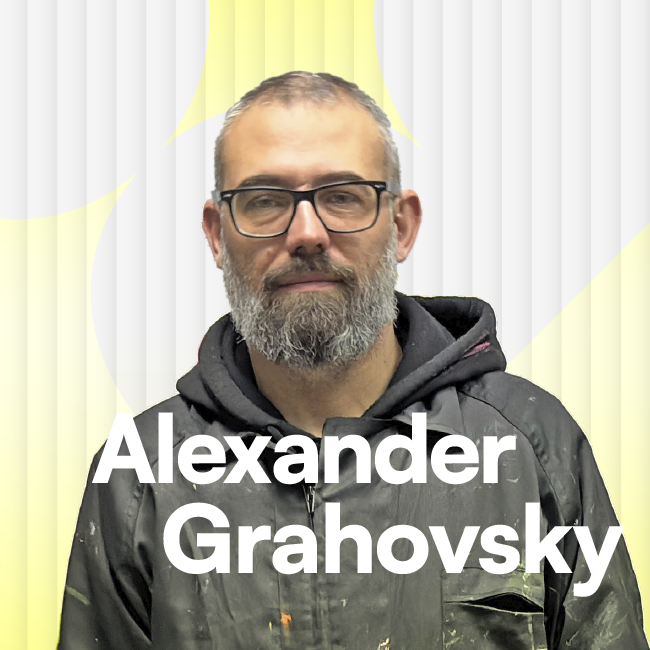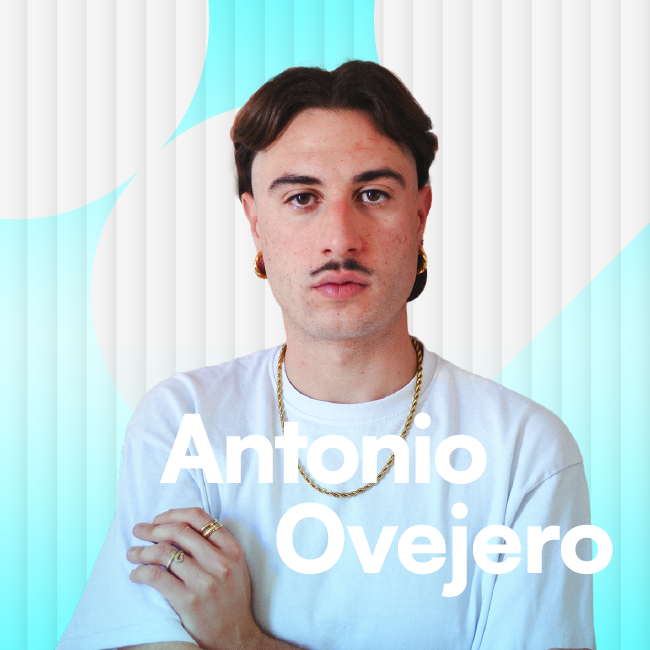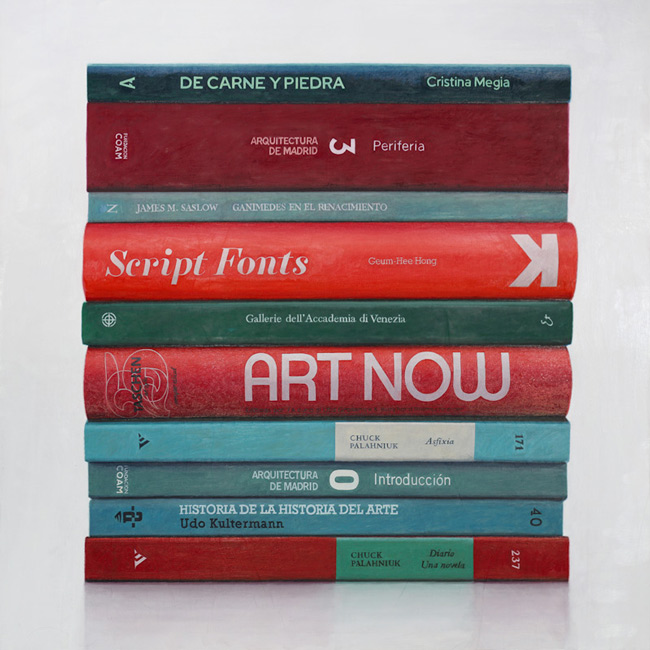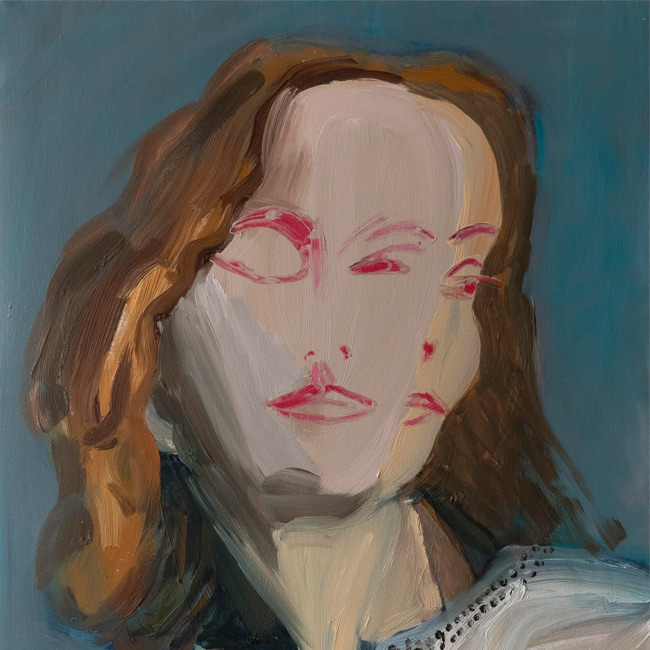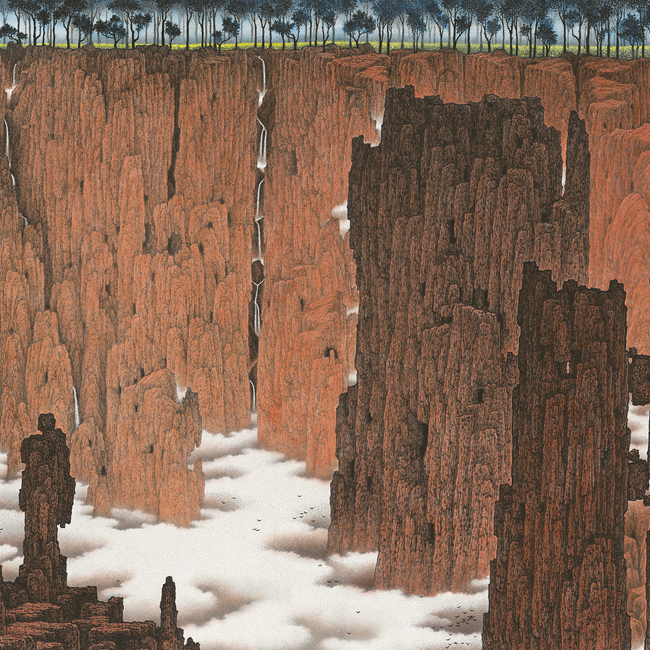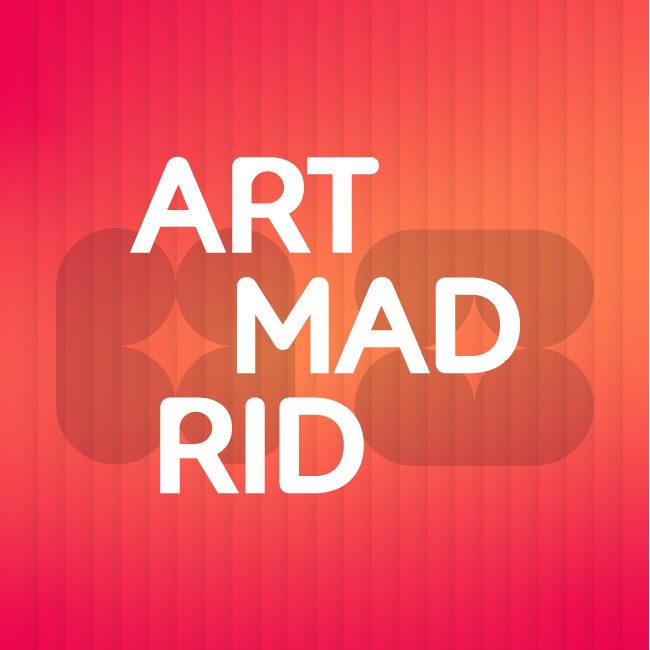ART MADRID: 20th EDITION
Dec 20, 2024
art madrid
ART MADRID’25 PRESENTS THE PARTICIPATING GALLERIES AND THE PARALLEL PROGRAM FOR THE EDITION
Art Madrid celebrates 20 years of contemporary art in 2025, reaffirming its role as a key legitimizing event in Spain's visual arts sector. As the contemporary art fair that paved the way for other fairs and events now coinciding on the same dates, it once again welcomes national and international galleries during Madrid Art Week. This edition promises to lay the foundation for the new directions the fair will take in the future.

Art Madrid’25 presents the Gallery Program for its 20th edition
The Gallery Program of Art Madrid’25 is the main axis of the fair, serving as a meeting point where diverse voices of contemporary art converge. Comprised of a selection of established, mid-career, and emerging galleries, the program offers a representative vision of the latest artistic trends. Through experimentation and the exploration of new visual languages, participating artists present works that reflect the aesthetic codes and concerns of our time. Each edition, Art Madrid stands out for its curatorial approach, featuring a carefully curated selection of national and international galleries and artists, showcasing the pulse of the most innovative proposals that define the present and future of contemporary art.
In this 20th edition, Art Madrid becomes an essential meeting point for those who closely follow the work of galleries and artists. The Crystal Gallery will be filled with fresh and daring proposals from thirty-five galleries, both national and international, inviting us to rethink art in its purest form. What we will see is not just a display of the best of the moment, but a testament to how art continues to challenge conventions, evoke emotions, and push the boundaries of what is possible.
The exhibition proposals, varied in approaches and techniques, bring us closer to an art that is unafraid to experiment and encourages us to reflect on the world around us. Each work, more than just an aesthetic object, will be a provocation, an invitation to look beyond the obvious. Throughout the fair, it will be impossible not to feel how these creations leave their mark on contemporary culture while simultaneously finding their place within the complex framework of the art market, reaffirming Art Madrid as a key reference within the national art scene.

Spanish galleries: New voices emerge
Spain will be represented by twenty-one galleries, a strong showcase of the creative diversity across the country. Two of them are participating in Art Madrid for the first time: Carmen Terreros Gallery (Zaragoza) and Canal Gallery (Barcelona), bringing with them a breath of fresh air that promises to surprise. Nineteen galleries are returning to the fair, celebrating the twenty years of an event that opened its doors to them from the very beginning, with the shared commitment to continue working for contemporary art produced locally. The galleries returning to Art Madrid’25 are: 3 Punts Galería (Barcelona); Alba Cabrera Gallery (Valencia); Aurora Vigil-Escalera (Gijón); CLC ARTE (Valencia); DDR Art Gallery (Madrid); Galería Arancha Osoro (Oviedo); Galería BAT alberto cornejo (Madrid); Galería Espiral (Noja); Galería La Mercería (Valencia); Galería Luisa Pita (Santiago de Compostela); Galería Metro (Santiago de Compostela); Galería Rodrigo Juarranz (Aranda de Duero); Inéditad Gallery (Barcelona); Kur Art Gallery (San Sebastián); Moret Art (A Coruña); OOA GALLERY (Sitges/London); Pigment Gallery (Barcelona); Shiras Galería (Valencia); and Uxval Gochez Gallery (Barcelona).

International galleries: A dialogue without borders
Pero el arte no entiende de fronteras, y por eso Art Madrid siempre ha sido un lugar de encuentro global. Este año, trece galerías internacionales ocupan sus lugares de enunciación para enriquecer la propuesta expositiva del evento. Cuatro de ellas participan por primera vez: Aria Gallery (Florencia, Italia), CHINI Gallery (Taipéi, Taiwán); Gallery 1000A (Nueva Delhi, India) y Ting Ting Art Space (Taipéi, Taiwán), aportarán una visión fresca y diversa, consolidando a Art Madrid como una feria en expansión hacia el escenario del arte contemporáneo internacional. Junto a estas, otras como Collage Habana (La Habana, Cuba); Galeria Sâo Mamede (Lisboa, Portugal); Galleria Stefano Forni (Bolonia, Italia); Jackie Shor Projects (São Paulo, Brasil); Loo & Lou Gallery (París, Francia); Nuno Sacramento Arte Contemporânea (Ílhavo, Portugal); O-Art Project (Lima, Perú),Trema Arte Contemporânea (Lisboa, Portugal) y Yiri Arts (Taipéi, Taiwán), que una edición más vuelven a confiar en Art Madrid como apuesta segura.
But art knows no boundaries, which is why Art Madrid has always been a global meeting point. This year, thirteen international galleries will take their places to enrich the event's exhibition proposal. Four of them are participating for the first time: Aria Gallery (Florence, Italy), CHINI Gallery (Taipei, Taiwan), Gallery 1000A (New Delhi, India), and Ting Ting Art Space (Taipei, Taiwan), bringing a fresh and diverse perspective, consolidating Art Madrid as a fair expanding into the international contemporary art scene. Alongside them, others such as Collage Habana (Havana, Cuba), Galeria Sâo Mamede (Lisbon, Portugal), Galleria Stefano Forni (Bologna, Italy), Jackie Shor Projects (São Paulo, Brazil), Loo & Lou Gallery (Paris, France), Nuno Sacramento Arte Contemporânea (Ílhavo, Portugal), O-Art Project (Lima, Peru), Trema Arte Contemporânea (Lisbon, Portugal), and Yiri Arts (Taipei, Taiwan) return once again, trusting Art Madrid as a reliable platform.
The journey through these twenty years of contemporary art has been a milestone that we reach with the same commitment as the emerging project that once reshaped the landscape of art fairs in Spain and has since been both a participant and witness to the growth of a welcoming, diverse, strong, and constantly evolving art scene.

Parallel program: Sensitive Cartographies of the City Territory
The Parallel Program of Art Madrid'25 goes beyond the boundaries of the fair, proposing a dynamic connection between art and the city. Under the concept of Territory and City, this edition takes art to urban spaces, to the everyday corners that shape the memory and present of Madrid.
Highlighted activities include augmented reality and digital experiences, video creation, ephemeral installations, and urban interventions that engage directly with the city of Madrid. These actions expand the work of the artists into the urban environment, fostering an ongoing conversation between art and the territory. In this way, the city becomes a creative laboratory where the everyday and the artistic intertwine, opening new forms of connection between the community and art.
The program also explores the emotional and identity geographies that run through Madrid, inviting reflection on the meaning of belonging to a place and how artistic practices transform our relationship with space. Through the theme of Territory and City, the Parallel Program of Art Madrid'25 creates a map that connects the local with the global, the intimate with the collective, and opens a sensory experience that strengthens the ties between art, territory as an expanded concept, and the city as a container of sensitive realities.
The Parallel Program of Art Madrid'25 invites you to explore the intersections between art, public space, and community, transforming Madrid into a territory-city of creation and shared reflection.

In this 20th edition, we proudly celebrate the journey of our fair and deeply appreciate the support and trust of artists, gallerists, collectors, and art enthusiasts who have been key to Art Madrid’s continued growth with an eye on the future. It has not been an easy path, but we have understood the importance of ensuring that an event like this endures, solidifies its place in the national art market circuit, and becomes a gateway to the international art scene.

